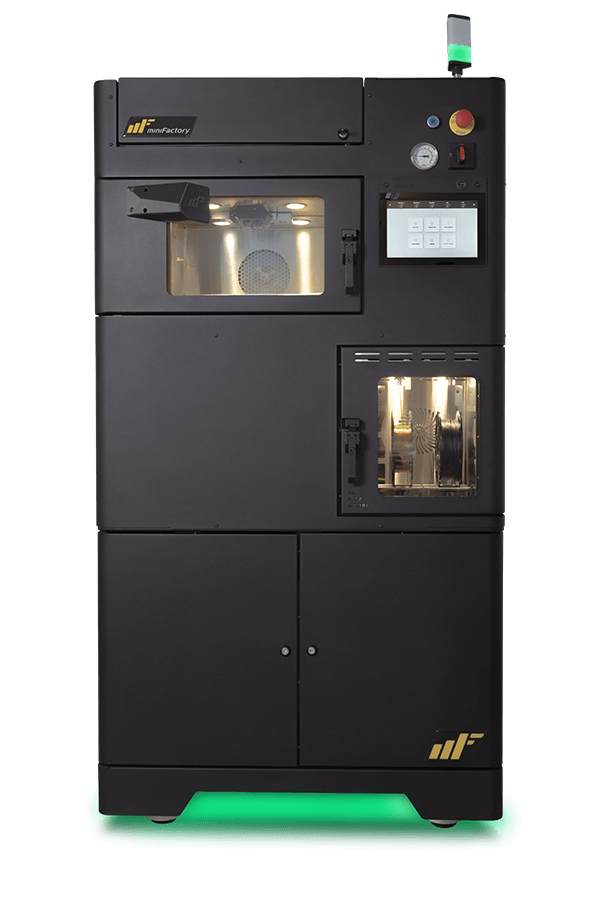Menu
close
Companies in the railway industry have started to take advantage of 3D printing at an accelerating rate. With the miniFactory Industrial 3D printer, the railway industry customers can produce spare parts and accessories that meet EN45545-2 standards with the design freedom of additive manufacturing. Moreover, with 3D printing, you can achieve significant savings and overcome logistical challenges.
3D printing of certified EN45545-2 materials offers the possibility to manufacture spare parts individually or in small series. It is also more cost-effective, and the component can be manufactured directly to where needed.
You can reduce the cost and duration of maintenance operations by utilizing high-performance polymers and the Ultra 3D printer. When you have the right tools and fixtures, the maintenance becomes more effective and safer to accomplish.
By manufacturing prototypes using railway certified high-performance polymers, you can test them in the actual usage environment.
The life cycle of trains can be up to 30 years, which presents a significant challenge for spare parts. In most cases, such spare parts are no longer available, or production tools do not exist anymore. By utilizing 3D printing in the railway industry, such spare parts can be sped up by 90% compared to traditional methods.
Furthermore, with the miniFactory Industrial 3D printer and EN45545-2 certified materials, parts can be manufactured where and when needed. This enables capital-intensive physical stock and logistics costs to be minimized and provides the keys to the transition to digital inventory.
3D printing is a widely used technology in the railway industry. However, 3D printing of railway-approved materials, made possible by miniFactory technology, streamlines the manufacture of many accessory parts and maintenance aids. When the right tools and fixtures are there for the maintenance operations, it is more effective and safer to complete such deployments.
The miniFactory Ultra 3D printer can be located where needed. Thus, the manufacturing of maintenance accessories and spare parts can be done locally without logistical challenges.
All materials used in railway vehicles must meet the EN45545-2 standard to achieve the highest possible level of safety in the event of a fire. There is a wide variety of materials that meet the standard. Different materials have different classifications, i.e., the suitable material is selected according to the application's requirements.
The miniFactory Industrial 3D printer is capable of printing multiple different EN45545-2 certified materials. For example, PA- and PC-based materials, all the way to high-performing materials like ULTEM9085 and PEKK. In addition, the open material system allows users to add new certified materials to the printing portfolio.

Contact us and our specialists will be in touch shortly.
"*" indicates required fields